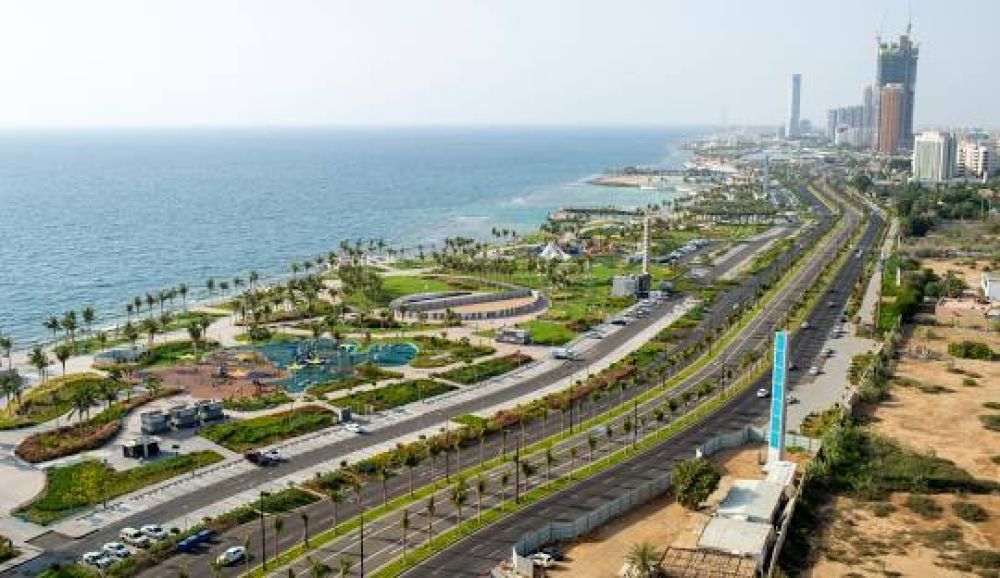

Jeddah, the gateway city to the Islamic holy cities of Mecca and Medina, has long been a city of significant importance beyond just the spiritual aspects. With its strategic location on the Red Sea, Jeddah has served as a main port for trade and a crossroads of cultures for centuries. Its historic district, Al-Balad, with its traditional coral houses, is a UNESCO World Heritage site and speaks volumes about the city's storied past.
In the early days, tourism in Jeddah was largely driven by pilgrims who passed through the city on their way to the holy cities. Although not tourists in the conventional sense, these pilgrims contributed to the local economy, culture, and international exchange. It wasn't until the late 20th century that Jeddah began to be appreciated as a destination in its own right, thanks to its rich history, cultural heritage, and modern attractions.
In the latter half of the 20th century, with the oil boom, came significant wealth and development. This led to rapid modernization and urbanization, with Jeddah showcasing a skyline punctuated by modern architecture and luxury hotels. Developments such as the King Fahd Fountain, which is the tallest of its type in the world, became symbolic of the city's blend of tradition and modernity.
To accommodate the growing tourist influx, Jeddah has developed substantial tourism infrastructure. The city is home to the King Abdulaziz International Airport, which includes the Hajj Terminal, a hub especially built to manage the large number of pilgrims. This, along with its hotels, resorts, and Red Sea coastline, has turned Jeddah into an attractive destination for both religious and leisure tourists.
The inclusion of Al-Balad on the UNESCO World Heritage list in 2014 was a significant milestone for Jeddah's cultural tourism. Efforts to preserve and restore the ancient buildings and traditional Hijazi architecture have been instrumental in increasing the number of visitors interested in cultural and historical heritage.
More recently, as part of Saudi Arabia's Vision 2030 plan, tourism is one of the key sectors the kingdom is developing to reduce its dependence on oil. The country has relaxed visa restrictions, making it easier for tourists to visit. Jeddah is central to this push and is experiencing a new surge in international and domestic tourism interest.
Entertainment and Festivals are becoming increasingly significant in Jeddah's tourism landscape. The city hosts events such as the Jeddah Season, a festival of arts, culture, and entertainment that attracts visitors from around the globe. The Red Sea International Film Festival has also put Jeddah on the map as a destination for cinema and culture enthusiasts.
Responsible Tourism has taken root, with an emphasis on sustainable practices and conservation, particularly concerning the Red Sea's coral reefs and marine life.
In conclusion, Jeddah's tourism history has evolved from serving the needs of passing pilgrims to becoming a vibrant, modern city with an appeal that resonates with a wide range of travelers. With its strategic 2030 vision, the city is well on its way to cementing its place as a premier tourist destination in the Middle East.